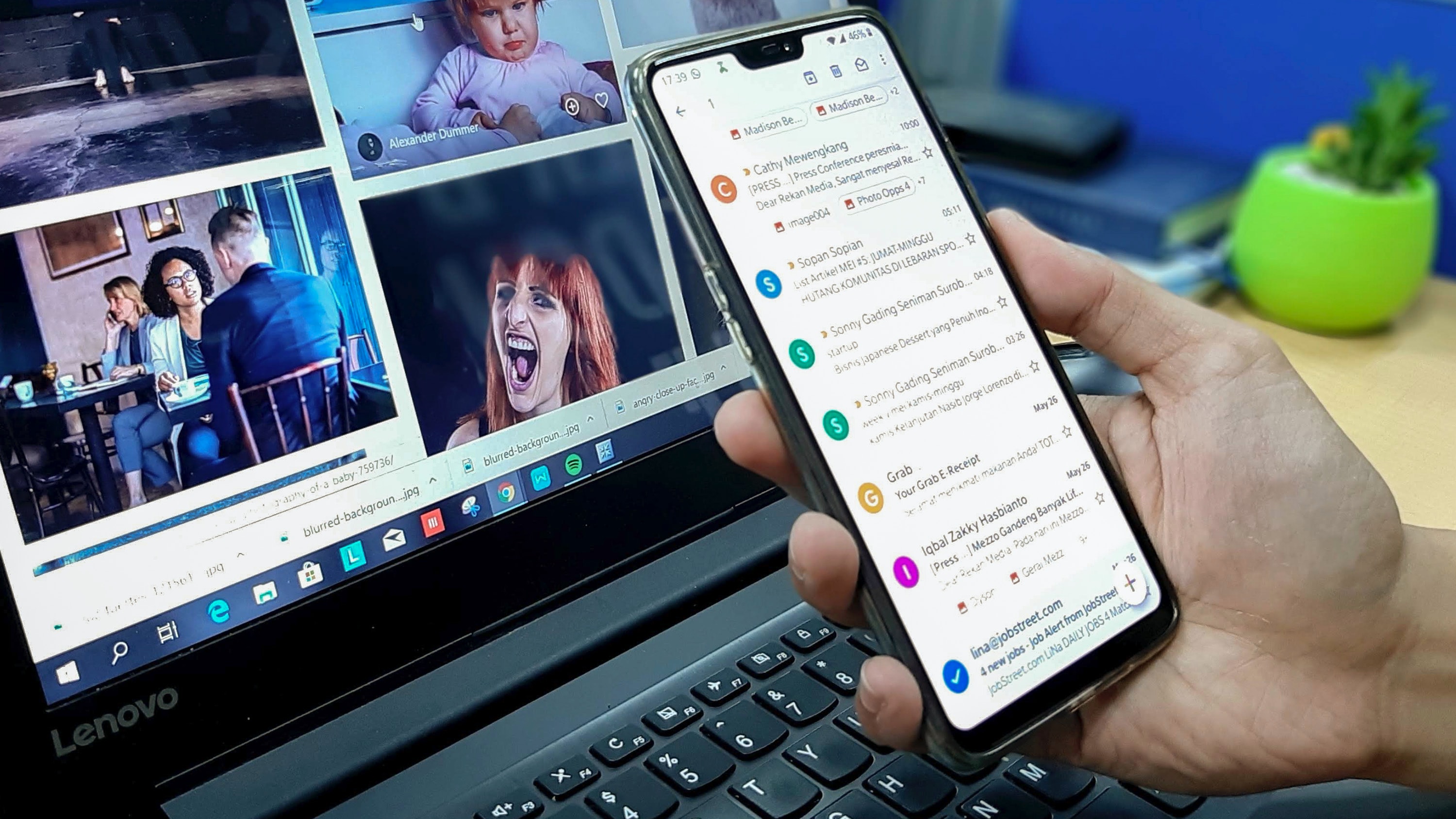15 Tips for Creating the Best Email Subject Lines (with Examples)

Did you know more than 333 billion emails are sent and received in one single day?
According to recent stats, 89% of modern marketers prefer email as the primary channel for generating leads and customer engagement. Why so? The return rate of email ROI is $36 for every $1 invested. In short, emails are the new ‘superpowers’ to business.
However, on the flip side, surprisingly, the average email open rate in 2022 is 21.3%!
This means if you send 100 emails, only 20 emails will be opened, and the rest will be ignored, just like we ignore the second page of Google!
So what can you do to make people read your emails? The answer is – an engaging email subject line!
An effective email subject line can dramatically change the success stats of your email marketing overnight while bringing you the best potential prospects for your brand extension.
This post reveals all the super tips and tricks you need to know about the email subject lines. Read on to dig out all!
What Is The Subject Line In An Email?

The subject line in an email is the first thing that recipients see when they receive your message. A good subject line should be able to give recipients a good idea of what the email is about, without giving away too much information.
What is an email preheader?
An email preheader is a brief text that appears after the subject line in an email. It is typically used to give recipients a quick preview of the email’s content.
Email preheaders can be a helpful way to increase the open rate of your emails, as they give recipients a glimpse of what they can expect before they even open the email. Including a preheader in your emails can also help to improve your deliverability, as it can help to ensure that your email is not flagged as spam.

When crafting your preheader text, be sure to keep it brief and to the point. Avoid using too much punctuation or symbols, as this can make your preheader text difficult to read. Instead, focus on providing a quick overview of the email’s contents that will entice recipients to open and read the full email.
Why the subject line of an email is so important?
Numbers speak louder than words, so to answer this best, we would rather opt for real stats than say it in words. Let’s have a quick view of self-lauding numbers that are telling more than enough about why emails are ‘SuperHeros’ for business.

- 93% of B2-B marketers rely on email channels for distributing content. (Statista)
- 86% of professionals give priority to email connections. (Hubspot)
- 47% of email recipients open an email based on the subject line alone.(Super Office)
- 69% of email recipients report email as spam based solely on the subject line. (WebFX)
- 77% of marketers got an increase in email engagement over the last 12 months. (Monster Insights)

Is your email subject line doing its job?
With so many emails flooding our inboxes every day, it’s more important than ever to make sure your subject line is working hard to get your email opened.
Unfortunately, a lot of people still don’t know how to write good email subject lines that will entice their subscribers to open their emails.
If you’re one of those people, don’t worry! There are few tricks you can do to earn more clicks by effective subject lines.
How to Write an Email subject line That Converts
Follow these tips to learn how to write mail subject lines that bring people to you:
- Urgency: A good email subject line should create a sense of urgency, making the recipient want to open the email right away.

- Curiosity: A subject line that is curious or mysterious can also be effective in getting people to open an email.
- Offers: People are always looking for a good deal, so an email subject line that promises a discount or special offer can be very enticing.
- Personalization: Adding the recipient’s name or other personal information to the subject line can help get their attention.
- Relevance and Timeliness: Keep your subject lines relevant to current events and trends to make them more timely and interesting.
- Name Recognition: If you have a well-known brand or product, you can use that to your advantage in the subject line.
- Cool Stories: People love a good story, so if you have something interesting to share, make sure to mention it in the subject line.
With so many things competing for our attention these days, it can be hard to get people to open your emails. But by using some of these techniques, you can increase your chances of getting noticed and getting your message across. Email subject line generators can also be a great help in building effective subject lines.
Proven & Tried Email Subject Line Best Practices You Can Rely
Keep it short and sweet
The first rule of thumb for writing good email subject lines is to keep them short and sweet. In general, you should aim for around 50 characters or less. That way, your subject line will be quick and to the point and more likely to grab your subscriber’s attention.
Subject lines that are too long are likely to get cut off in the inbox, which can make your email look unappealing or even unprofessional.
On the other hand, a short and sweet subject line is easy to read and more likely to pique your subscriber’s interest.
Make it clear what’s inside
Your subject line should give your subscribers a clear idea of what they can expect to find in your email.
If your email contains valuable information, say so in the subject line! For example, “5 Tips for Writing Better Email Subject Lines” or “The Secret to Writing Great Email Subject Lines.”

Be specific
In addition to being clear, your subject line should also be specific.
The more specific you can be, the better. That way, your subscribers will know exactly what they’re going to get from reading your email.
For example, “7 Tricks for Writing Super Engaging Email Subject Lines” is more specific than “Learn to Write Better Email Subject Lines.”
Use numbers and lists
People love lists! So, if you can, try to incorporate numbers or bullet points into your subject line.
Some examples include “21 Tips for Writing Better Email Subject Lines” or “5 Quick Tips for Writing Great Email Subject Lines.”

Plus, including numbers or statistics in your subject line is also a great way to make your email sound more appealing.
For example, you could use a subject line like “21 tips for writing great email subject lines” or “99% of people don’t know this about email subject lines.”
Use power words
Power words are words that evoke strong emotions and can help you get your point across more effectively.
When used in email subject lines, power words can pique your subscriber’s interest and encourage them to open your email.
Some examples of power words include “amazing,” “best,” “boost,” “careful,” “challenge,” “discover,” “easy,” “essential,” “exciting,” and “free.”
Use curiosity-inducing phrases
Another great way to get your subscribers to open your email is to use curiosity-inducing phrases in your subject line.

These are phrases that make people want to know more and can be a great way to pique your subscriber’s interest.
Some examples of curiosity-inducing phrases include “You won’t believe what happened next,” “This is the best thing since sliced bread,” and “I can’t believe I’m telling you this.”
Make it personal
Making your subject line personal is a great way to encourage your subscribers to open your email.
There are a few different ways you can do this, such as using the recipient’s first name, referencing a recent purchase they’ve made, or mentioning something you have in common.

For example, “John, we think you’ll love these new arrivals” or “Saw you were at the game last night; here’s what you missed.”
Use emojis
Emojis are a great way to add personality to your subject line and make it more eye-catching.

However, be careful not to overdo it! Using too many emojis can come across as unprofessional.
Ask a question
Asking a question in your subject line is a great way to pique your subscriber’s interest and encourage them to open your email.

Some examples of questions you could ask include, “Are you making this common mistake?” “Do you know the secret to writing great email subject lines?” or “Can you guess what we’re giving away?”
Use positive language
Using positive language in your subject line is a great way to make your email sound more appealing and encourage your subscribers to open it.
Some examples of positive words and phrases include “amazing,” “love,” “incredible,” “best ever,” and “you won’t believe.”
Be creative
Don’t be afraid to get creative with your subject lines! If you can think of a unique or innovative way to grab your subscriber’s attention, go for it.
For example, you could use puns, wordplay, or even jokes in your subject line. Just be careful not to overdo it.
Use actionable language
Using actionable language in your subject line is a great way to encourage your subscribers to take the desired action.
For example, if you’re sending a promotional email, you could use a subject line like “Save 20% off your next purchase.”
Use urgency
If you want to encourage your subscribers to open your email right away, try using a sense of urgency in your subject line.

For example, you could use a subject line like “Don’t miss out! Sale ends soon.”
Use intriguing language
Using intriguing or mysterious language in your subject line is a great way to get your subscriber’s attention.

For example, you could use a subject line like “The secret to writing great email subject lines,” “What everyone is getting wrong about email subject lines,” or “The one thing you need to know about email subject lines.”
Examples of Catchy Email Subject Lines
- “You Won’t Believe What Happened Next!”
- “I Didn’t Expect THIS To Happen!”
- “Can You Handle The Truth?”
- “The Unexpected Twist!”
- “They Lied To Us!”
- “The Shocking Reality!”
- “The Unbelievable Truth!”
- “You Will Be Surprised!”
- “This Can’t Be True!”
- “I Didn’t See This Coming!”
A/B test your subject lines
A/B testing, also known as split testing, is a great way to figure out what works and what doesn’t when it comes to email subject lines.
To do this, simply send out two different emails with different subject lines and see which one gets more opens. Then, you can use what you’ve learned to improve your future email subject lines.
Conclusion
By following these best practices, you can create email subject lines that are both effective and eye-catching. Ultimately, this will help increase your open rates and ensure that your recipients actually read the emails you’re sending.
Find it quite daunting to do it yourself! Boost your email click-through rate with us! Get in touch here!









